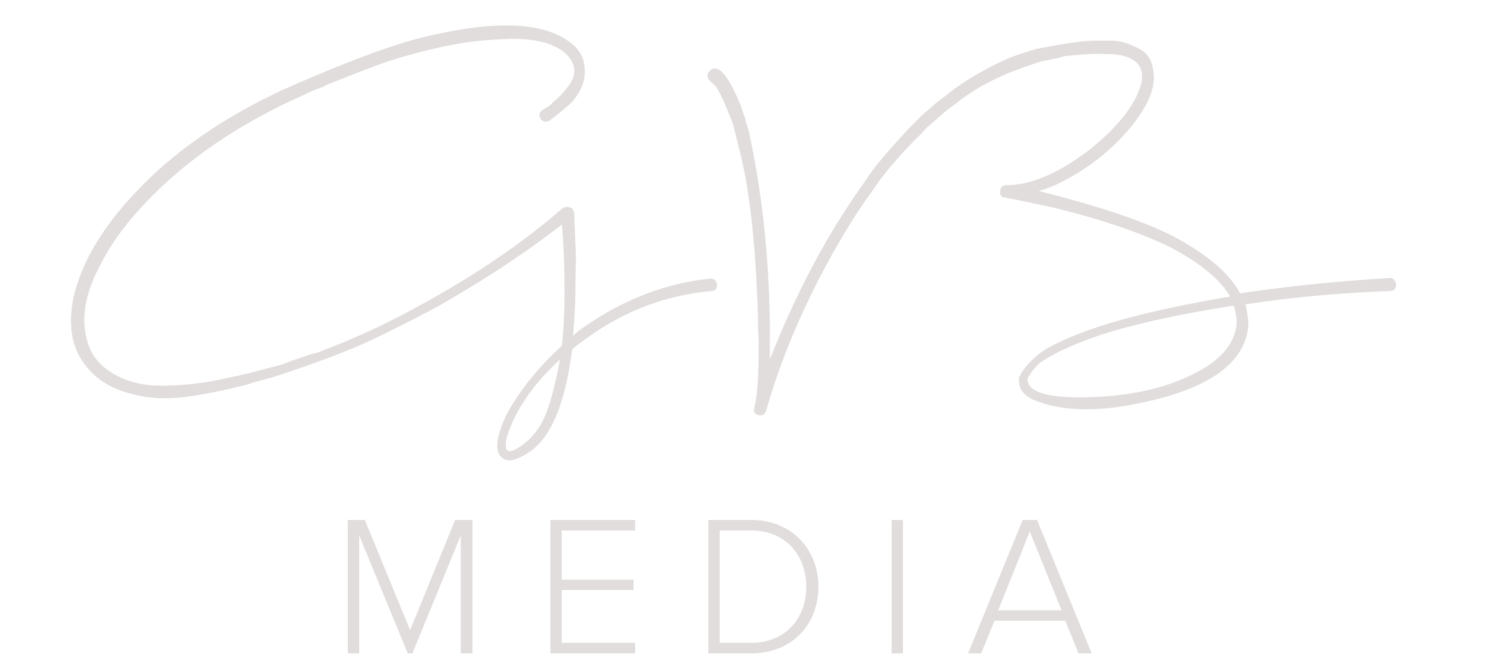Where is Everybody??
Your guide to choosing the social channels that are right for you and your brand
When a brand decides to get social, it can feel daunting. New social media platforms are popping up every day, each promising to be the next big thing. Does your brand need to be on all of them?
As it turns out, the answer to that depends heavily on who you’re looking to reach. While 72% of the public uses some type of social media, users are not evenly distributed across all of the channels.
As small business owners, you likely know who your target client is: age, gender, socioeconomic status, occupation, etc. Knowing who uses which social media platforms is essential for meeting your customers where they are--which ultimately helps your bottom line.
1 // Facebook
What Is It?: Launched from Mark Zuckerberg’s Harvard dorm room in 2004, Facebook has grown exponentially and is still the undisputed winner when it comes to users. As of April 2021, the mega platform had 2.797 billion active users (that’s billion, with a b!).
Facebook also owns WhatsApp and Facebook Messenger, which rate as numbers 3 and 4 in social media users.
Who’s There? Once the exclusive domain of college students, Facebook’s demographics have skewed older in recent years. Now, people who report using Facebook most often are ages 55+, followed by 35-54 year olds.
Sample Target Demographics
Young professionals
Followers of current events
Parents of middle-grade children
Grandparents and retirees
2 // YouTube
What Is It: YouTube is the video sharing platform on the Internet. It’s actually one of the most-visited websites in the world, only behind its parent company, Google. 2.291 billion people are considered active users, leading to the creation of the “YouTube star,” people who make their entire living off ad revenue.
Who’s There? It’s not an exaggeration to say most people are on YouTube. Unlike other social platforms, you don’t have to login to view content, although you certainly can. 74% of adults in the U.S. use YouTube, whether on their phones, computers, or streaming to their TV. 56% of global users are male. It’s also one of the few networks that has young users: 80% of U.S. parents of children 11 and under say their kids watch YouTube, but there are rules about how brands can market to children.
Sample Target Demographics
Parents
Video game enthusiasts
Fans of particular TV shows
3 // Instagram
What is it? Instagram came onto the scene in 2010 and stands out as a social media platform that is almost entirely photo-based. While Instagram “stories” allow for text, gifs, and (if you have enough followers) “swipe up” links, news feed posts require a photo and do not allow links off the page. While it was acquired by Facebook in 2012, it still functions fairly differently, for better or worse.
Who’s There? Instagram is dominated by younger folks--71% of people between ages 18-29 say they use Instagram. Due to its visual nature, it’s also likely to attract creative types: painters, crafters, photographers, etc. And, the introduction of IGTV (Instagram television) in 2018 and exponential growth in followings has made this a hotspot for finding influencers to promote products as well.
Sample Target Demographics
Artists
Small business owners
Fashion bloggers
College students
4 // Twitter
What is it? Twitter launched in 2006 and distinguishes itself as a “microblogging” site. Each “tweet,” as posts are called, is limited to 280 characters (doubled from the original limit of 140). While it’s smaller than other networks with 396 million users, and sometimes has a rough reputation, it’s still a great place to connect directly to potential customers and especially other brands.
Who’s There? Twitter users tend to be professionals: 80% of Twitter users are affluent millennials. And, uniquely, 93% of Twitter community members are open to brands getting involved if done so in the right way. In fact, Twitter is perhaps best known for creating genuine conversations between brands, politicians, celebrities, and influencers and the general public.
Sample Target Demographics
Reporters
Politically active people
Business-to-business services
5 // TikTok
What is it? If you’ve been online at all in 2020 or 2021, chances are you’ve seen a TikTok video, even if you haven’t opened the actual app yet. The short-form video app, which limits content to 15 seconds or 3 minutes, was originally released in China and became available worldwide after merging with Musical.ly in 2018. While it’s typically seen as a dance and music app, with “dance challenges” helping create many a TikTok star, it has been used to promote everything from Red Cross safety tips to voter suppression. As of April 2021, it had an estimated 732 million active users.
Who’s There? TikTok skews even younger than most other social networks. 62% of users are between the ages of 10 and 29, but older users are joining more each day. With Generation Z on track to become the biggest and most influential generation in the United States, this could be a key market for brands looking for younger customers.
Sample Target Demographics
High school students
Dancers
So, now that you know where everyone is, which social media platforms should your brand be on? Too often, brands jump on the latest channel with no plan, or are paralyzed by lack of knowledge and wait too long to join a network.
Or contact us to find out how we can help your brand meet their customers today!

